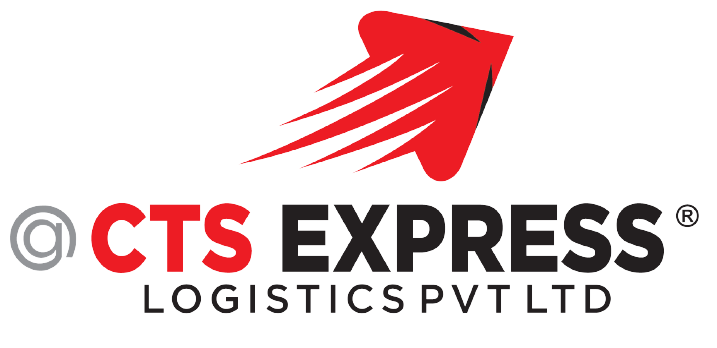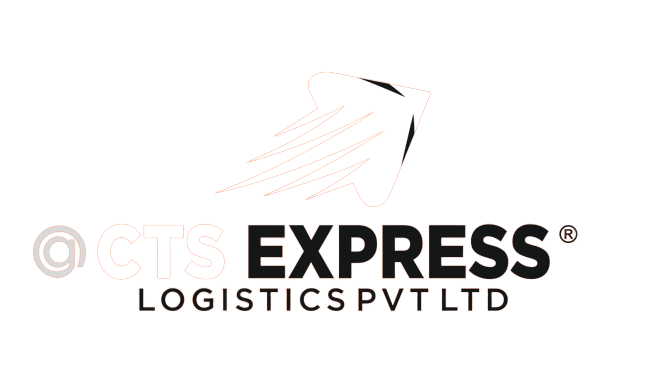Few industries or business functions are experiencing as much disruption as logistics, supply chain and transportation. In fact, according to a recent Forbes Insights survey of more than 400 senior transportation-focused executives, 65% say tectonic shifts in these areas are driving an era of profound transformation.
Whether your products rely on ground, rail or sea to reach end-customers, today’s levels of disruption are unprecedented. Industry providers and those managing their own transport needs now must rethink everything from warehouse locations to logistics technologies to fleet and carrier strategies.
So what’s driving change within the industry today? According to Forbes Insights research there are four primary forces:
The rise of the “Amazon” effect: As demand rises, fundamental distribution patterns are shifting—and radically so. In particular, customer demands for ever more rapid fulfillment are forcing businesses of all kinds to warehouse their goods ever closer to intermediate and end-customers.
Shifting economic and industry fundamentals: The economy is surging with new GST based taxes, and related reforms, such as accelerated depreciation and incentives to move offshore cash home, are helping drive demand. Coupled with strong consumer confidence and a resurgence in indian manufacturing, the net result is more freight demand, more loads and more vehicles on highways that stress industry capacity.
Advances in frontline technologies: Over-the-road challenges such as surging demand amid driver shortages may soon be addressed by profound technological advancement. As new technological marvels evolve, their developers insist they carry the potential to broadly automate transportation in the very near future. Certainly, executives in the industry must begin incorporating such developments into medium- and long-term planning.
Advances in behind-the-scenes technology: If the prior three forces don’t seem disruptive enough, next consider the plethora of behind-the-scenes technological advances. Artificial intelligence, machine learning, blockchain, IoT/telematics—these and related tools carry the potential to confer enormous competitive insight and advantage to early adopters.
The transport industry has always been data-focused. But today, we see all of this added computing power—IoT/telematic data collection, data mining, artificial intelligence and machine learning—that can be focused on making better decisions. This will drive refinement and innovation not only from an overall strategic and resource planning basis but also in real-time decisions. With the best information, logistic companies will be able to optimize their decisions and operations, leading to vastly improved performance.


